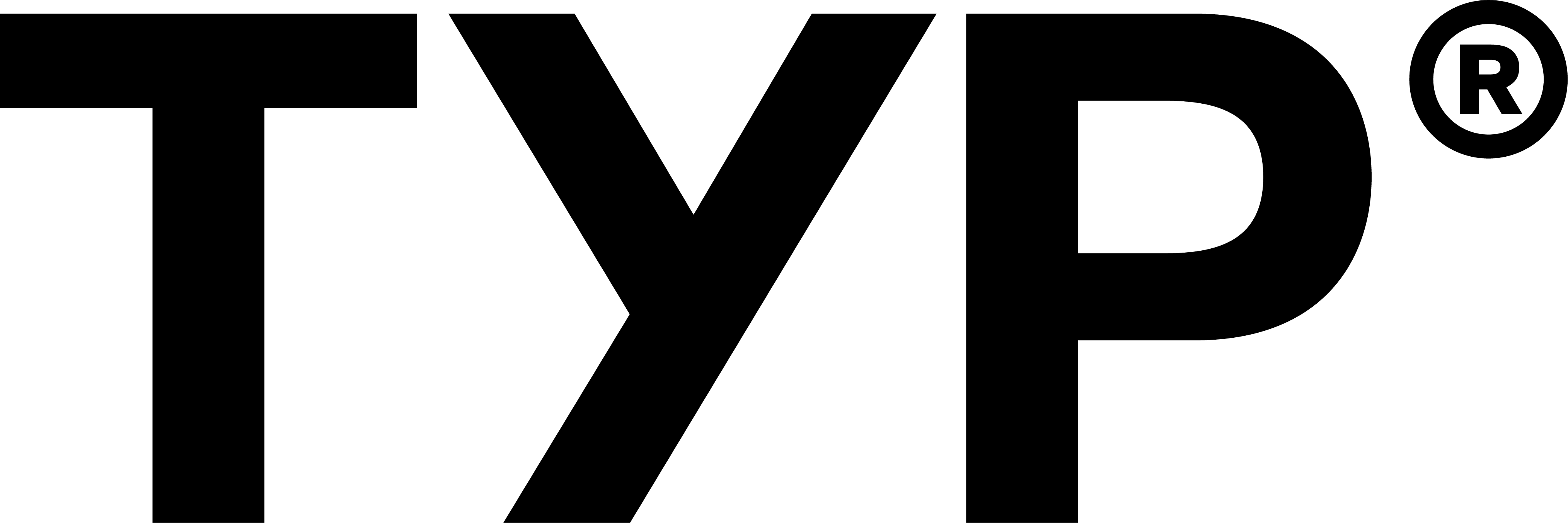A robust security infrastructure is based on user permissions and two-factor authentication. They can reduce the risk of accidental or malicious insider activities, limit the impact of data breaches and ensure regulatory compliance.
Two factor authentication (2FA) is a method that requires a user to use a credential from two categories in order to log in to an account. This could be something the user is familiar with (password, PIN code, security question) or something they already have (one-time verification passcode that is sent to their mobile or an authenticator app) or something they have (fingerprint facial, face, retinal scan).
2FA is often a subset of Multi-Factor Authentication which includes more than two components. MFA is a requirement for certain industries, such as healthcare banks, ecommerce, and healthcare (due to HIPAA regulations). The COVID-19 pandemic also brought new urgency to security for companies that require two-factor authentication for remote workers.
Enterprises are living entities and their security infrastructures are constantly evolving. Users shift roles as do hardware capabilities and complex systems are now at the fingertips of users. It is important to regularly examine the two-factor authentication strategies regularly to ensure that they are keeping up with these changes. The adaptive authentication method is one way to accomplish this. It is a form of contextual authentication that will trigger policies based on the timing, location and the manner in which the login request is handled. Duo offers a centralized administrator dashboard that allows you to easily set and monitor these types of policies.
www.lasikpatient.org/2023/04/29/how-to-implement-loyalty-programs

